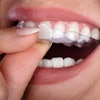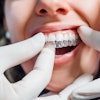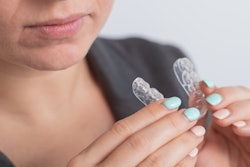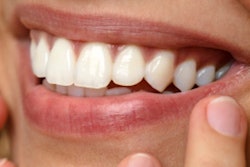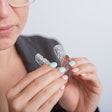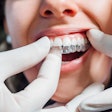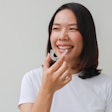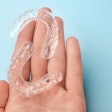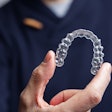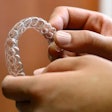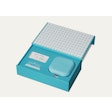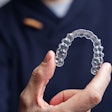
Patients may wonder why orthodontists chose certain treatments when they fix their misaligned teeth. While each patient's unique dental problems play the largest role in treatment, so do a number of other factors. Doctor and patient demographics also affect their decisions, according to a new study.
"Although some patient characteristics were significantly associated with treatment recommendations, there were other factors unrelated to the patient's malocclusion that also were significantly associated with treatment recommendations," wrote the authors, led by Greg Huang, DMD, chair of the department of orthodontics at the University of Washington School of Dentistry (American Journal of Orthodontics and Dentofacial Orthopedics, September 2019, Vol. 156:3, pp. 312-325).
The drivers behind each treatment
Race, gender, insurance coverage, and the setting in which the treatments occurred factored into the recommendations orthodontists made for adult patients in the U.S. with anterior open bites, the researchers found.
To gain insight into the recommendations, they looked at orthodontist and patient demographics and four types of treatments: aligners, fixed appliances, temporary anchorage devices, and orthognathic surgery.
About 90 dental practitioners volunteered to participate in the study from October 2015 to December 2016. The practitioners consecutively enrolled anterior open bite patients, resulting in 347 participating in the study.
Orthodontists recommended orthognathic surgery as a treatment for patients with more severe dentofacial characteristics, such as steeper mandibular plane angles, but the race and ethnicity of practitioners and the availability of insurance coverage also affected their decisions.
Surgery was recommended for approximately 70% of patients with insurance. Only 26% of patients who didn't have coverage were recommended surgery, the researchers found.
Clinicians who were white or Asian were more inclined to recommend surgery, and these recommendations were made more often to white patients than to others.
These findings indicated that the practitioner's preference for surgery, their perception of patient's acceptance, and the ability to afford the procedure played major roles in their decisions, according to the authors.
Temporary anchorage devices were recommended more often in academic settings than in private practices. Patients in academic settings may be predisposed to temporary anchorage devices recommendations due to the academic centers' teaching mission, as well as the need for their faculty and students to get to know these techniques better, the authors proposed.
Furthermore, a recommendation for a temporary anchorage device was almost three times were likely when a patient had no insurance coverage for surgery, they noted.
Sometimes, orthodontists recommend fixed appliances with temporary anchorage devices for each additional level of upper and lower incisors that inclined forward. Practitioners were more likely to recommend fixed appliances alone for 5% to 10% of patients, according to the study findings.
Also, black and Latino patients were more than three times less likely to receive recommendations for temporary anchorage devices than white or Asian patients.
Several factors influenced recommendations for aligners. Clinicians recommended aligners three times as often to white and Asian patients than to black or Latino patients.
Patients with forward tongue posture habits were 2.4 times more likely to be recommended aligners over fixed appliances. Finally, women were three times more likely than men to recommend aligners.
Insight into influences
Though the results were telling, the authors noted some study limitations, including the practitioners and patients not being randomly selected.
However, the study findings provide dental professionals with insight into what influences their recommendations.
"Ultimately, practitioners would like to know what factors play the largest roles in treatment recommendations and whether these factors are based on valid evidence and successful outcomes," the authors wrote.

